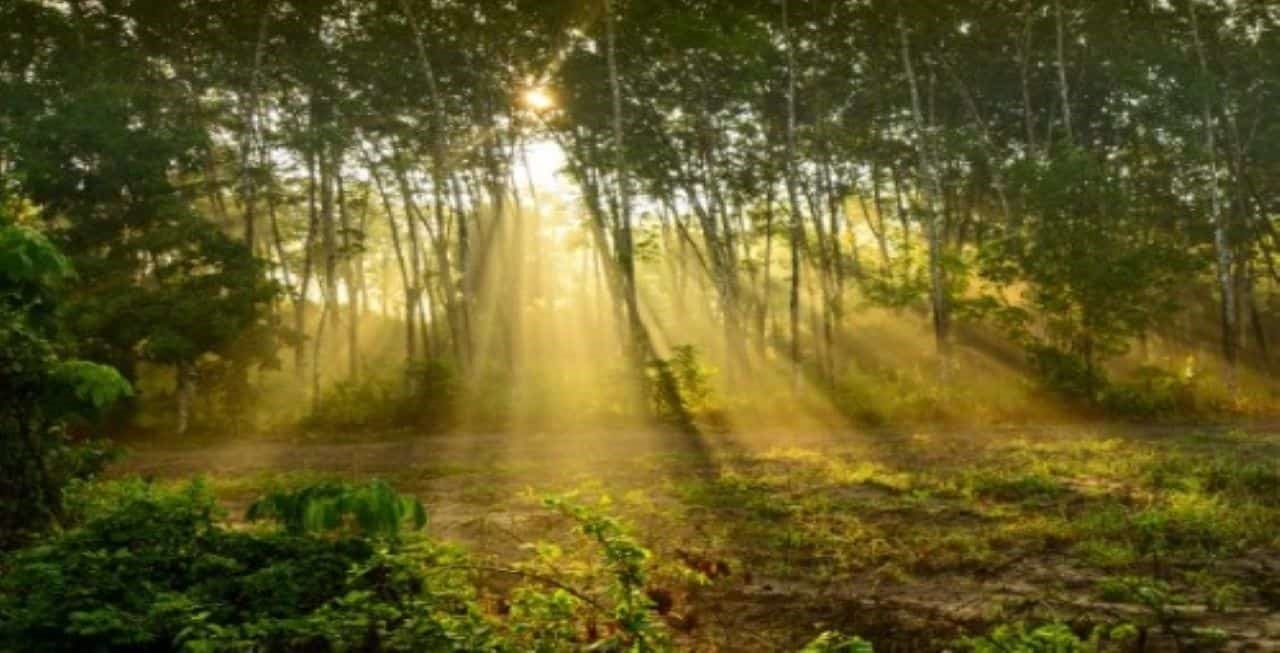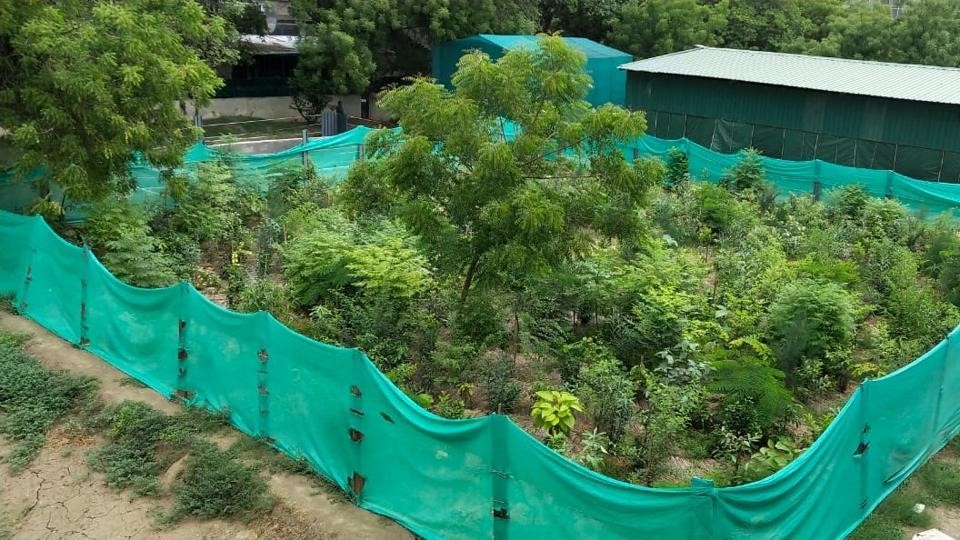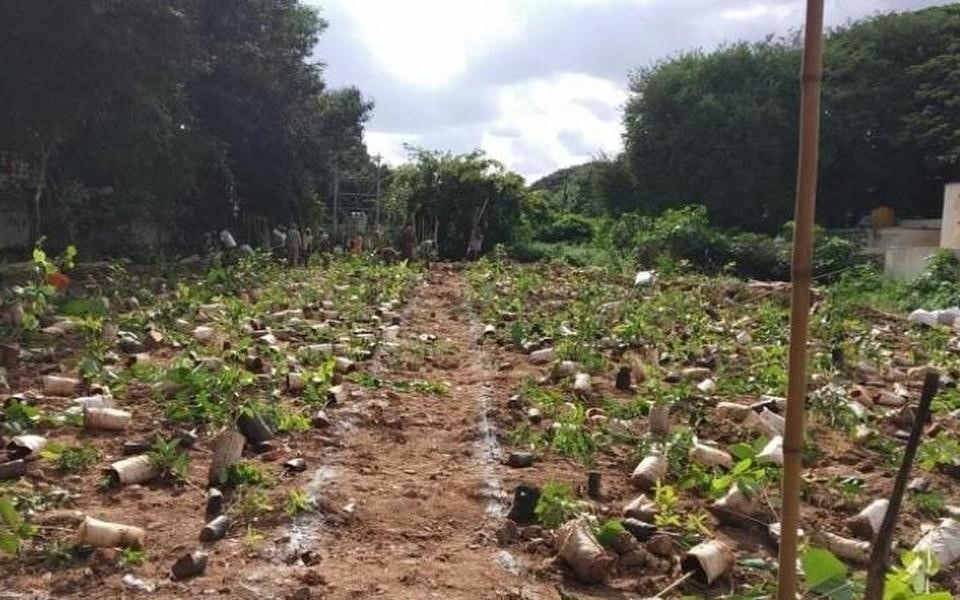Afforestation by Miyawaki method

The rapid increase in urbanization causes massive development in concrete structures, which comes at the cost of massive destruction of the natural environment, trees, forests, etc. The reduction in forests is affecting soil and climate conditions– not only people are missing pleasant natural surroundings but also suffering from poor health conditions.
In India, the Metro and Megacities desperately seeking ways to address this problem, even a few cities have lost most of their greenery, resulting in scarcity of water, clean air, and open spaces.
Although the problem of forests loss is becoming severe, there is a solution that is simple, affordable, and being liked by many people. The concept of growing Mini forests in one’s surroundings can improve the situation. The Mini forests can be grown in a small space anywhere in your backyard, small land next door to any unused land.
It has been found out that tree cover of 1.6 million hectares has been disappeared in India between 2001 and 2018. To recover 33 percent of the area with forest, the Indian government has adopted the method of Miyawaki afforestation.

This method was invented by Japanese botanist Dr. Akira Miyawaki, in which 3-5 saplings of different species are planted per square meter. It creates a multi-layered green forest.
In India, the social enterprise Afforestt has worked with different companies and individuals to create these forests. In the Afforestt Miyawaki technique.
The process consists of six steps
- First, the survey is done to assess the soil, its texture, ph level, and organic carbon. The ph value of the soil should be between 6.3 and 7.2, after the assessment, the current soil is dug up to 3 ft depth and the extracted soil is kept for later use.
- In the next step of land preparation, the land is enriched by adding nutrients in required proportions. The nutrients rice/wheat husks are used for perforation, for water retention-coco peat/ sawdust is added, fertilizers- cow dung, manure, and compost are used to increase the fertility of the soil.
- In the next step, a survey is done to find out native species in the nearby forest in the area, plants, belonging to the same class are not planted in the same place. The location of the plantation is fixed in the soil.
- In the fourth step, the plantation inland is done layer-wise, as- Shrub layer-8-12%, Sub-tree layer-25-30%, Tree layer-40-50%, and canopy layer-15-20%.
- In the plantation process, mulching also goes along with it. In the mulching process, the topsoil layer is covered with organic things like grass and straw which retains their moisture for a long time. The mulch is laid on the soil for a 5–7-inch layer.
- In the final steps, the forest is maintained for about two years, preventing any harm. The plants are watered regularly and supported to grow faster. After two years the and becomes self-sustainable.

Though this method is a bit expensive, the result of this method is very much rewarding as different species of plants grow faster and make the environment greener and healthier.